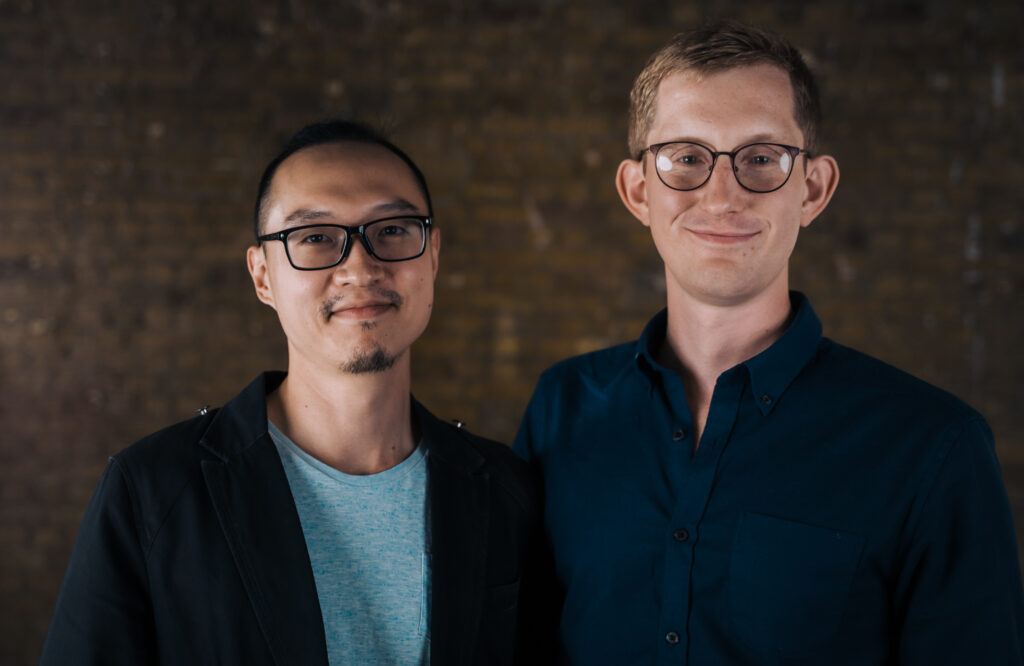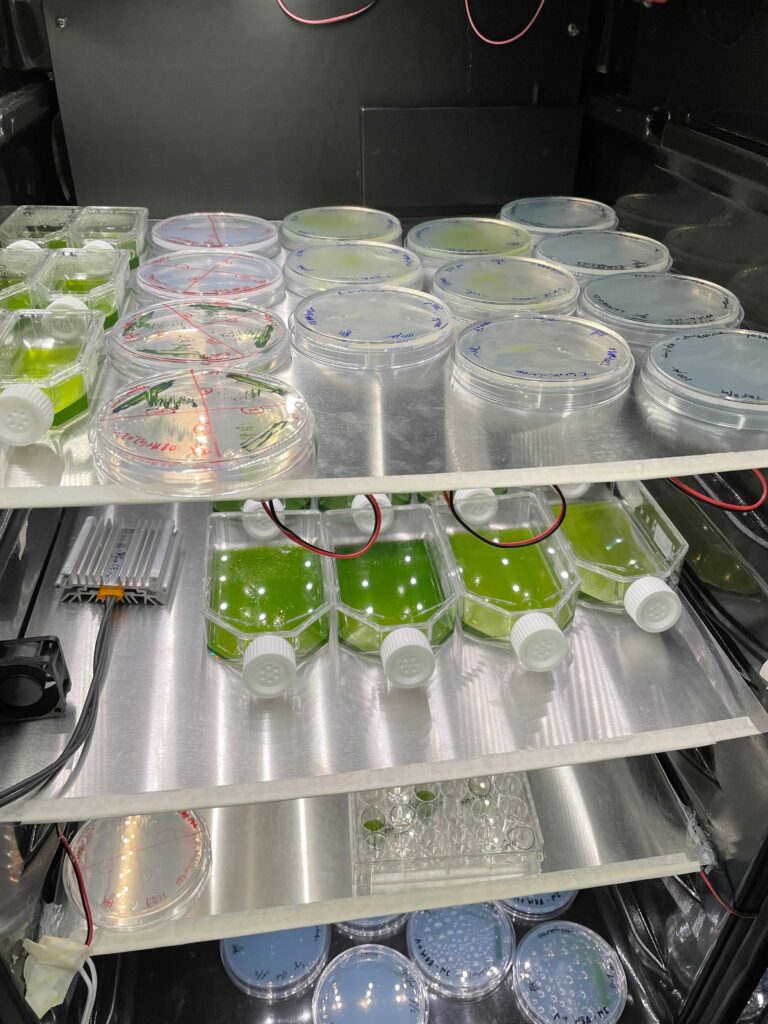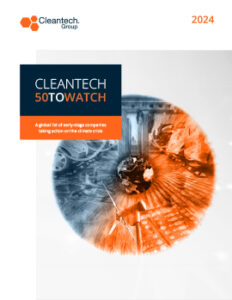50 to Watch, Materials & Chemicals | 25 October 2022
Cleantech 50 to Watch Case Study: Phycobloom
Solution:
Phycobloom is a developer of novel strains of algae that use atmospheric CO2 to create hydrocarbons.
Nisa Mirza of Cleantech Group sat down with Dr. John Waite, Co-Founder of Phycobloom to talk about what made them a Cleantech 50 to Watch company.
Cleantech Group: Can you speak to the origins of Phycobloom?
Dr. John Waite: Phycobloom is actually the brainchild of my Co-Founder, Dr. Ian Hu. Ten years ago, he was looking at the algae biofuel industry as it was in its death throes. The industry went through a major growth phase, and then it all seemed to wane between 2012 and 2013. Ian was observing the situation, thinking that there must be a way to make this technology work and to make algae biofuels affordable. As a biologist, he thought about how he could tackle this technology-profitability problem. The idea fermented with him for 5–6 years through his Master’s and Ph.D. studies.
I met Ian in 2019 when we both took part in Entrepreneur First. Hu and I bonded over our shared understanding of cleantech. We both had similar values in terms of the kind of technology we wanted to build. With a background in material science and metallurgy, I was in an excellent position to support him in explaining his idea.





